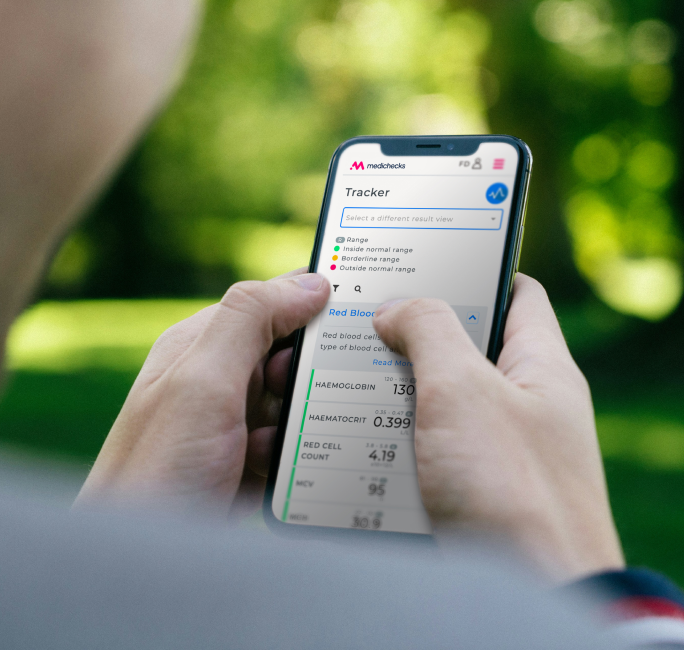This blood test measures testosterone and oestradiol levels, helping to identify imbalances that could affect sexual libido, erectile function, and fertility in men, as well as cause symptoms in women, such as excessive hair growth or menstrual changes.
Tests with LH, FSH, or oestradiol
If you're taking your test to learn more about your fertility, take your test between days 2 and 5 of your menstrual cycle, or ideally day 3. Otherwise, for a general health check or if you're postmenopausal, you can take your test at any time.
In either case, it's important to log the date of your last period, and any other information regarding your periods or menopause status, in your MyMedichecks account right after taking your sample.
If you don't let us know the date of your last period, we'll interpret your result as though you took your test on day 3.







